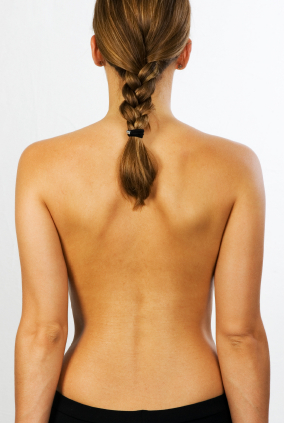Osteoarthritis is a degenerative joint disease marked by joint inflammation and deterioration. Osteoarthritis is common: according to the Arthritis Foundation, nearly 21 million Americans, or 7% of the US population, are affected by osteoarthritis. The incidence of osteoarthritis goes up sharply with age.
Considering its prevalence, you probably already know someone who has been diagnosed with osteoarthritis. If that person is a competitive or recreational runner, one might expect to hear others say, “All that running. It’s no wonder he’s got arthritis.”
The fact is, there are plenty of non-runners with osteoarthritis, too, and there is a lack of evidence to support the notion that running causes arthritis.
In his excellent book, “Lore of Running,” Dr. Timothy Noakes cites a variety of research studies designed to examine the relationship between running and arthritis. Studies published in 1994 and 1997 determined that recreational joggers are not at any increased risk of developing osteoarthritis. A study published in 1985 found that the incidence of osteoarthritis in a group of runners who competed between 1930 and 1960 was lower than a matched group of swimmers who competed at the same time. A Danish study published in 1990 found that a group of athletes that ran 20 to 40 km per week for 30 years had an incidence of osteoarthritis that was no different from that of a comparison group. And a 1986 study found that runners with an average age of 60 who had run an average of three hours per week for 12 years did not have a greater prevalence of osteoarthritis than a comparison group.
Though at no greater risk of developing osteoarthritis than others, runners can and do experience pain from soft tissue injuries, such as hip bursitis, iliotibial band (ITB) friction, and tendonitis. Pain resulting from these other causes can be serious enough to interrupt training and recreational running. The runner with poor mechanics may never train long enough to develop osteoarthritis from running. And clearly an athlete who has jogged for 30 years has the correct biomechanics to run without breaking down.
Excluding injuries resulting from falls, runners’ injuries are almost always due to progressing their training too quickly or overloading the muscle support around the affected joint. A runner’s muscular strength around his or her load-bearing joints must be considerably stronger than that of non-athletic individuals of the same age and sex. Furthermore, different types of running such as sprinting, long-distance, cross-country, and asphalt training have different muscle support requirements.
The running program at Physical Therapy of Los Gatos is a goal-directed training program designed to prevent running injuries, get runners who have been injured or recovering from orthopedic surgery back into training, and increase running speed. The evaluation for the running program includes a comprehensive interview process where we measure baseline parameters of running fitness, uncover specific deficiencies, analyze your running form, and help you clarify your goals. For additional information on preventing running injuries, rehabilitation of running injuries, and increasing running speed, please contact Physical Therapy of Los Gatos by calling (408) 358-6505.

Comments on this entry are closed.